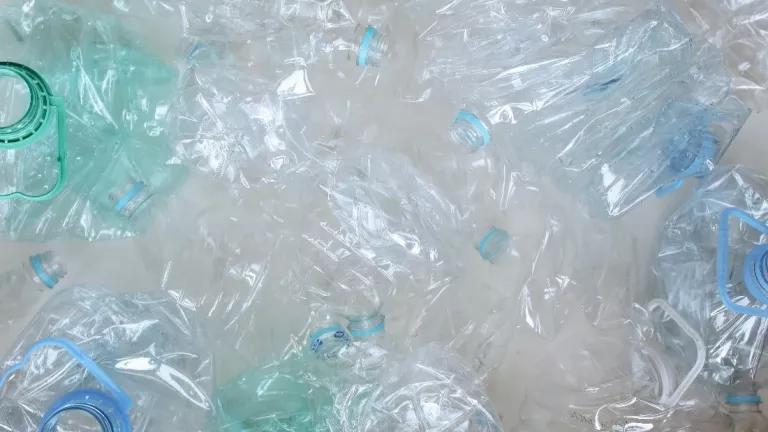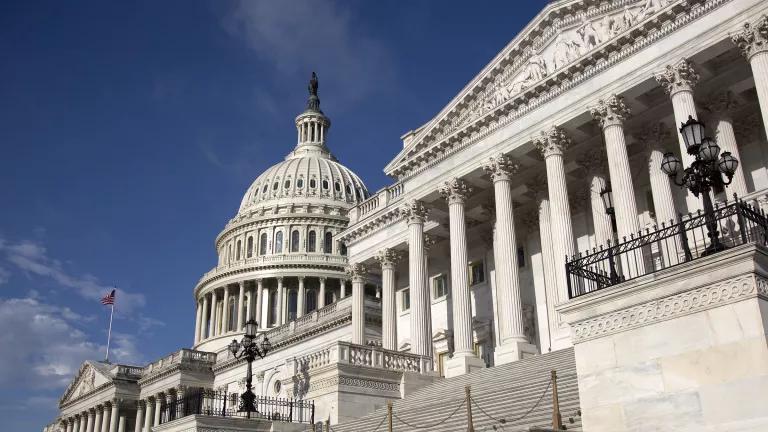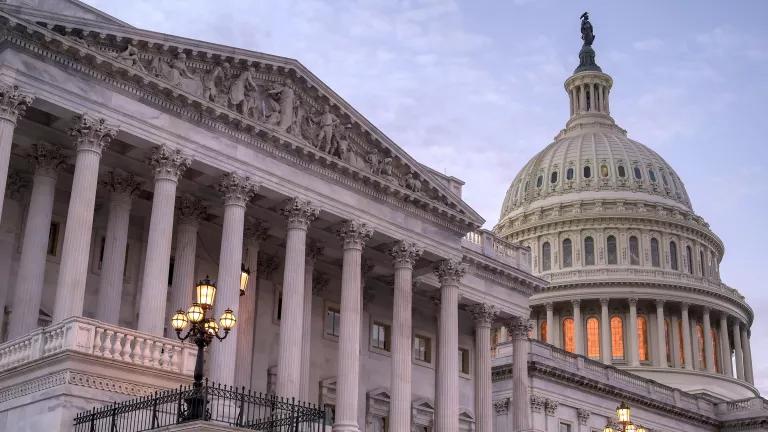“Chemical Recycling” of Plastic: A Burning Issue
NRDC conducted in-depth research on “chemical recycling” and concluded that “chemical recycling” is a dangerous false solution to the growing plastic waste crisis—and it shouldn’t be considered recycling.

This is a joint blog with Tessa Wardle, NRDC’s Spring 2022 Environmental Health Intern
NRDC conducted in-depth research on “chemical recycling” facilities in the United States with evidence of either being operational or of becoming operational soon. What we found led us to conclude that “chemical recycling” is a dangerous false solution to the growing plastic waste crisis – and it shouldn’t be considered recycling. What’s worse, these so-called “chemical recycling” facilities are generating hazardous waste and exacerbating environmental injustices under the false guise of recycling.
We found that:
- Most of these “chemical recycling” facilities are not producing or planning to produce new plastic, but are performing a kind of plastic incineration—turning plastic into dirty fuel using energy-intensive processes. This plastic-to-fuel process does not offer any of the ecological and economic benefits of true recycling, which returns materials to the production cycle.
- A major concern is the volume of hazardous waste produced by these so-called “chemical recycling” facilities. One facility reported disposing of nearly 500,000 pounds of hazardous waste in 2019. “Chemical recycling” facilities’ hazardous waste includes toxic substances, many of which are carcinogens and/or neurotoxicants. Much of this waste is benzene, a known carcinogen that can be harmful to reproduction and the developing fetus.
- Existing “chemical recycling” facilities are mostly located in communities that are disproportionately low income, people of color, or both. These communities can be impacted by the hazardous waste and hazardous air pollutants generated by these facilities.
- The toxic trail continues past the original “chemical recycling” facility, because hazardous waste was shipped to multiple locations across the country for disposal—and all the waste disposal methods involved burning. This can be harmful to communities living near the incineration facilities.

Where does burning happen throughout "chemical recycling" of plastic?
The public’s view of plastics is in free fall and policy makers including EPA and the Department of Energy should not abet the industry’s attempts to rehabilitate the ugly truth of its product. So-called “chemical recycling” is not a sustainable process that will save us from plastic waste. Instead, the promotion of “chemical recycling” serves the plastics industry, allowing continued and increased production of fossil fuel-based, single-use plastic products that contain toxic additives, harm people, and litter our planet.
Resolving the plastic waste problem is possible, but it requires real solutions, not turning plastic into fuel and burning it, with all the associated toxic pollution that entails. Real solutions include reducing plastic production—to halt the problem at the source—while innovating new non-toxic, reusable, renewable, and recyclable materials to replace fossil-fuel derived plastic. That is where we should be focusing our energies and resources.
Tessa Wardle is a master’s student focusing on Environmental Health Sciences at UC Berkeley’s School of Public Health. Her research interests include the intersection between science and policy, particularly when it comes to toxic chemicals. She has past research experience working with NGOs that focused on pesticides in California, urban oil drilling in Los Angeles, and drinking water contamination in the United States. She also holds a BA from Occidental College in Urban and Environmental Policy, where she graduated magna cum laude.



